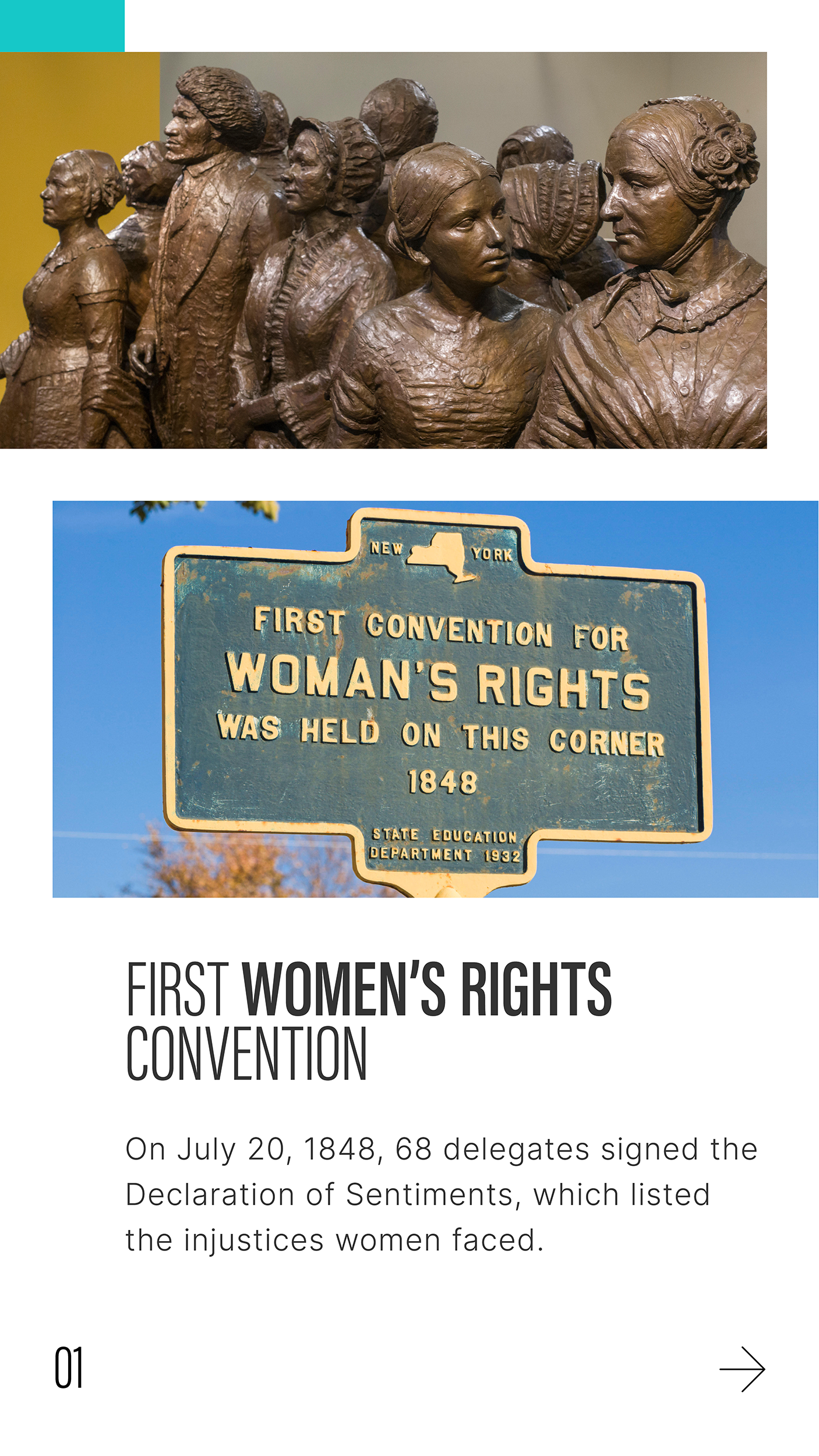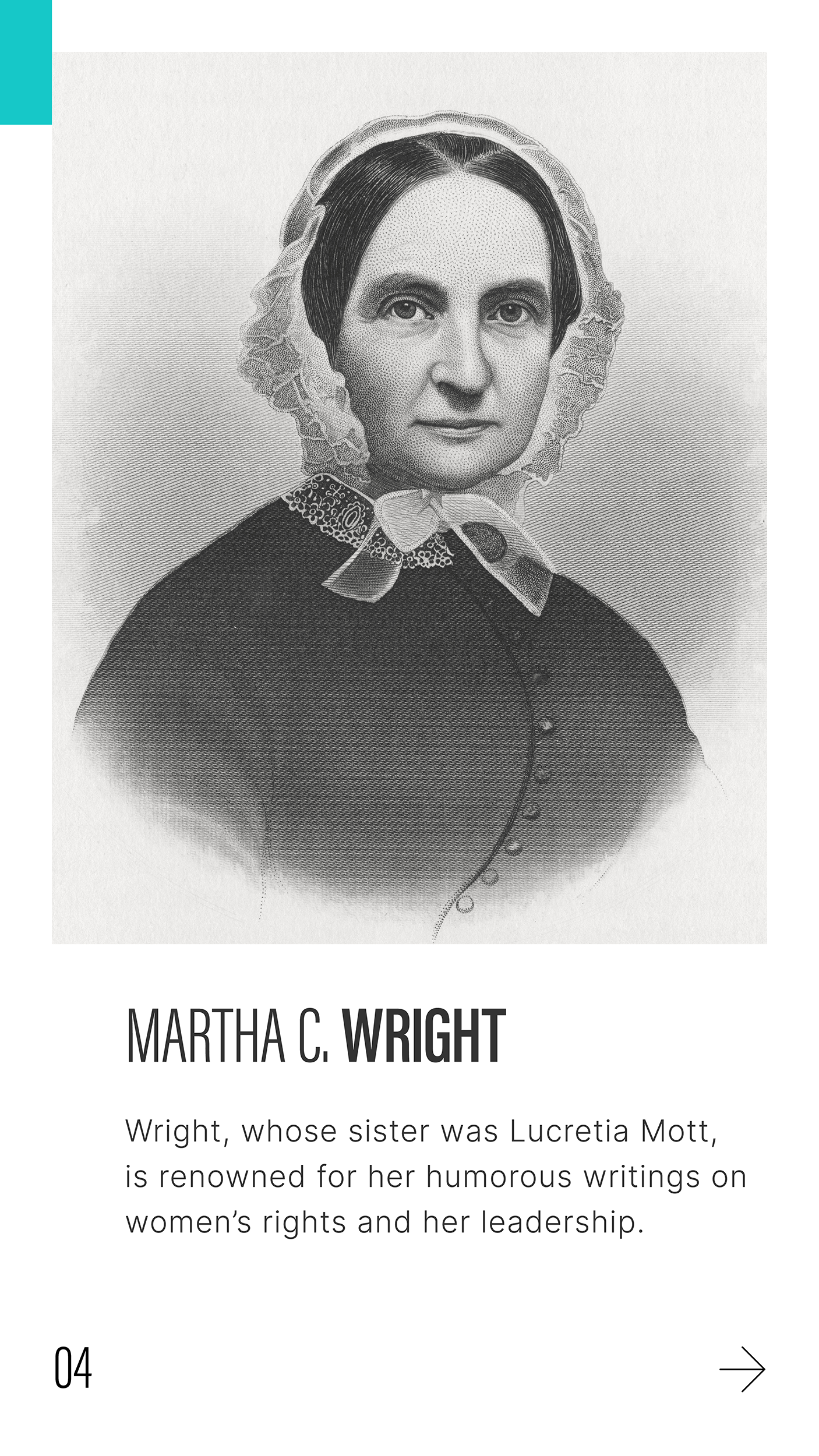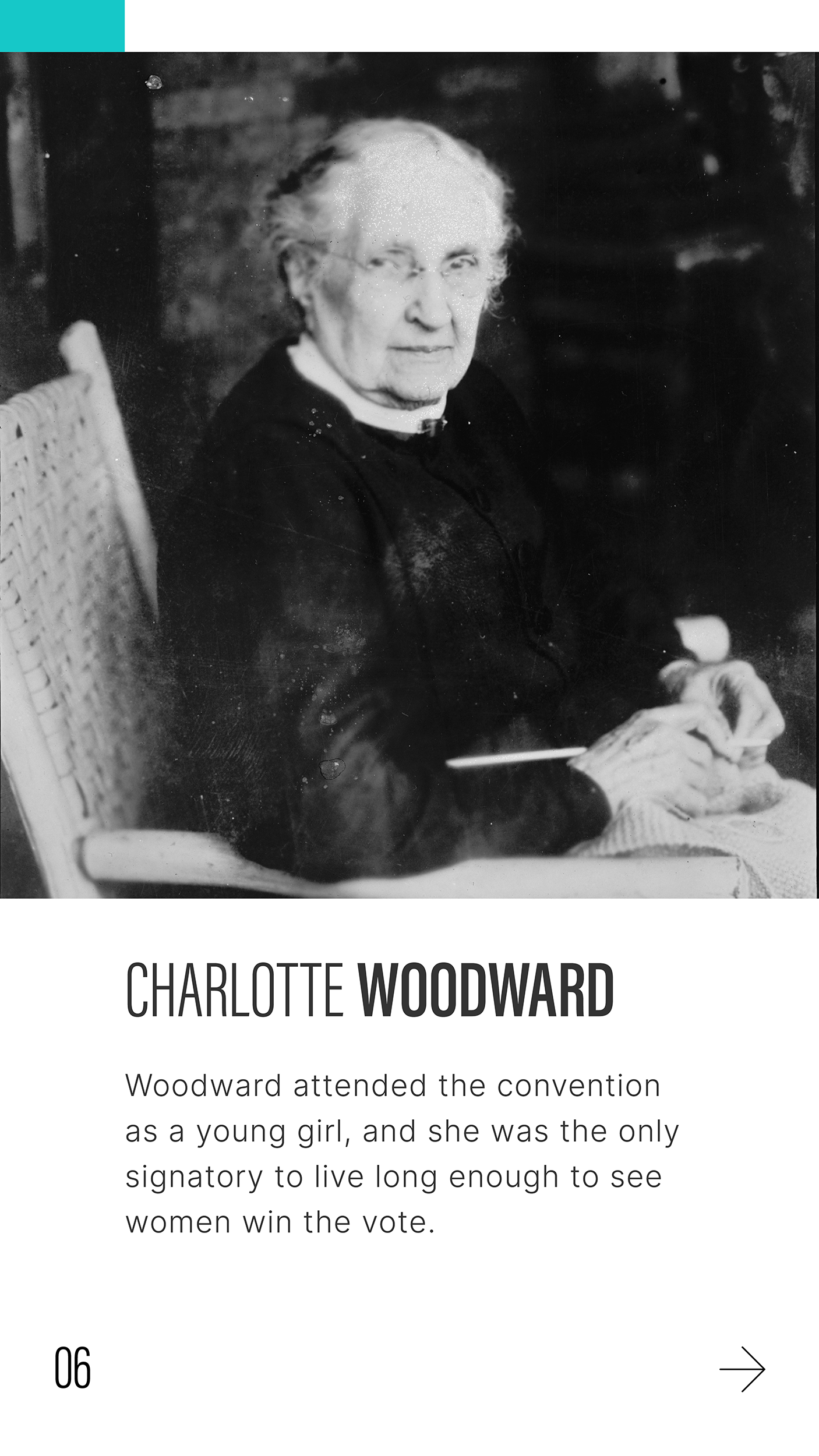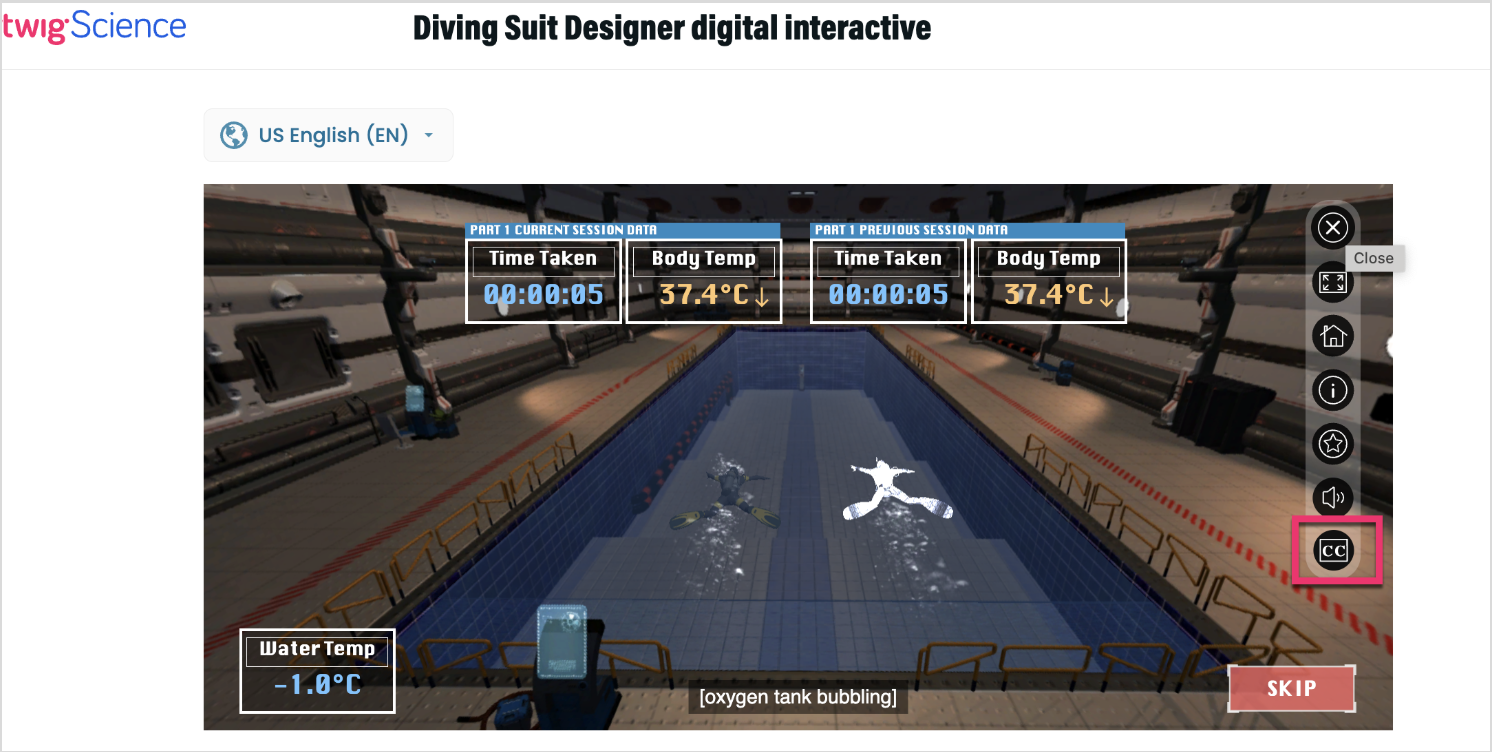Tempe, Arizona — March 11, 2025 — Imagine Learning Foundation (ILF), the philanthropic initiative created by Imagine Learning, a leader in K–12 digital-first solutions used by 18 million students in over half of the school districts nationwide, has announced the opening of the 2025 funding cycle for its Imagine Signature Grant program. Now in its fourth year, ILF will award approximately $600,000 in Imagine Signature Grants to organizations dedicated to ILF’s mission of supporting learners outside the classroom.
Since its launch in 2021, ILF has awarded over $1.2 million through 30 grants as part of its initial $5 million funding commitment. The recipient organizations have positively impacted more than 413,000 students and youth in 1,700 communities across the U.S., addressing issues from homelessness to suicide prevention and mental health.
As part of the Imagine Signature Grant Program 2024 grant cycle, ILF initiated a funding priority to support national and regional organizations addressing or studying critical issues related to chronic absenteeism in K–12 learning environments. Chronic absenteeism, defined as missing 10% or more days of school per year, has severe consequences for learning, physical and mental health, stability, and future outcomes throughout a student’s life, particularly for children experiencing homelessness. During the 2022–2023 school year, over 27% of students nationwide were chronically absent, exacerbating a learning crisis, particularly in math and reading performance.
For its 2025 grantmaking cycle, ILF will continue this funding priority, especially in areas such as basic needs support; wraparound services for students, their families, and communities; and research to address chronic absenteeism and other aligned areas. ILF will also provide support to organizations addressing student housing insecurity, often a direct contributor to chronic absenteeism. More than 1.3 million students in the U.S. are currently experiencing homelessness, putting them at greater academic and graduation risks.
ILF is also dedicating a portion of its funding to projects and initiatives that directly support students and communities impacted by the California wildfires. Natural disasters often disrupt students’ education, stability, and overall well-being, exacerbating challenges for already vulnerable students. By expanding its 2025 funding priorities, ILF aims to provide critical support to those experiencing hardship due to these crises.
“We are proud to continue the commitment to funding programs that address chronic absenteeism and student homelessness,” said Jonathan Grayer, Chairman and Chief Executive Officer of Imagine Learning. “This year, we recognize the additional struggles faced by those affected by the devastating California wildfires and will dedicate funding to support students who have been displaced or whose education has been severely disrupted. Our goal remains the same — to support innovative solutions that create safe, stable, and nurturing environments for students to thrive beyond the classroom. My heart goes out to the communities living through this tragedy, and I have earmarked my personal contributions to ILF this year to support student well-being in areas that have been affected by the wildfires.”
“Through the generosity of Imagine Learning, the Imagine Learning Foundation has been able to support many great projects throughout the country,” said Chris Graham, Chairman and President of the Imagine Learning Foundation. “We look forward to continuing to support student well-being outside of the classroom in this upcoming grant cycle.”
Previous Imagine Signature Grant recipients include Up2Us Sports, Erika’s Lighthouse, WPSU (Penn State University Philanthropic Fund), Our Minds Matter, Genesys Works, Big Sky Youth Empowerment, Catie’s Closet, Giving the Basics, UpSpring, Our House, and SchoolHouse Connection/Attendance Works. Learn more about ILF’s grant recipients and its grant programs here.
The 2025 Imagine Signature Grant program is open for applications through April 9, 2025, with award winners notified in July 2025. The 2025 grant cycle timing is as follows:
- Application Release – February 24, 2025
- Application Deadline – April 9, 2025 (by 11:59 PM PT)
- Award Notifications – June 2025
- Grant Awards – July 2025
Aside from the Imagine Signature Grant Program, ILF administers its Grassroots Grant Program throughout each fiscal year, awarding smaller grants to organizations nominated by Imagine Learning employees. These grants support initiatives focused on student well-being outside the classroom such as kindness campaigns, anti-bullying efforts, child bedlessness, and before/after-school programs that enhance self-confidence, attendance, resilience, and academic performance.
About Imagine Learning Foundation
Imagine Learning Foundation is a nonprofit organization dedicated to fostering the well-being of learners and those who support them at home and in their communities. Established in 2021, the foundation provides funding to mission-aligned national non-profit organizations that focus on enhancing the well-being of youth, families, and educators, with an emphasis on accelerating student achievement. Imagine Learning Foundation is the philanthropic initiative of Imagine Learning, a leading creator of K–12 digital-first solutions, working alongside teachers to support 18 million students in over half of the districts nationwide.












